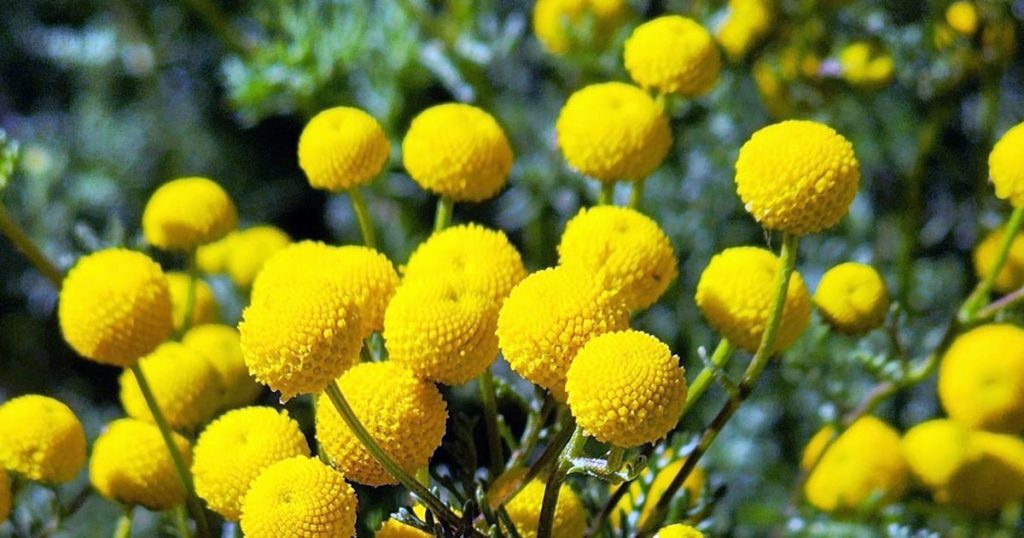Stinknet, an invasive plant also known as globe chamomile, has become a serious threat to ecosystems in Arizona, particularly at Casa Grande Ruins National Monument. The plant emits a strong turpentine-like odor when crushed and can cause respiratory or allergic reactions. Due to its presence near a picnic area, part of the monument has been temporarily closed until a solution is found to eradicate the plant. Stinknet was first discovered in Arizona in 1997 and has since spread throughout the state, particularly in Pinal County along the Interstate 10 corridor.
National monument staff have urged visitors to avoid contact with the plant to prevent further spread, as invasive plants can crowd out native species and damage ecosystems. Stinknet, native to South Africa, is listed as one of the top eight invasive weeds and grasses in Arizona. It rapidly spreads across desert landscapes, displacing native vegetation and altering fragile ecosystems. In addition to its negative impact on the environment, the plant’s unpleasant smell and potential for causing rashes make it even more problematic.
Arizona State Parks and Trails recommends that homeowners carefully remove and bag Stinknet weeds before they produce flowers containing hundreds of seeds. By acting early and preventing seed production, the spread of the plant can be minimized. Stinknet has also been reported in parts of Southern California, northern Mexico, and southern Nevada, indicating the plant’s invasive nature and potential for further spread. Invasive plants like Stinknet not only pose a threat to native species but also become a wildfire hazard during the summer months, further emphasizing the need for control and eradication efforts.
The closure of the picnic area at Casa Grande Ruins National Monument serves as a reminder of the impact that invasive plants like Stinknet can have on public spaces and recreational areas. In addition to disrupting visitor activities, the presence of these plants can lead to long-term damage to the environment and ecosystems. Efforts to control and eradicate invasive species are crucial in protecting native plants and wildlife, as well as preserving the natural beauty of national parks and monuments. By raising awareness about the threats posed by invasive plants like Stinknet, conservation organizations and government agencies can work together to address the issue and prevent further spread of these harmful species.
As the spread of Stinknet continues to threaten ecosystems in Arizona and beyond, it is essential for researchers, conservationists, and government agencies to collaborate on effective solutions to control and eradicate the plant. By implementing targeted removal strategies and monitoring efforts, it may be possible to limit the spread of Stinknet and prevent further damage to fragile desert ecosystems. Education and public outreach are also key components of combating invasive plants, as raising awareness about the negative impacts of these species can help mobilize community action and support efforts to protect native plants and wildlife. Ultimately, the successful management of invasive plants like Stinknet requires a coordinated and sustained effort from all stakeholders to ensure the long-term health and sustainability of Arizona’s ecosystems.


